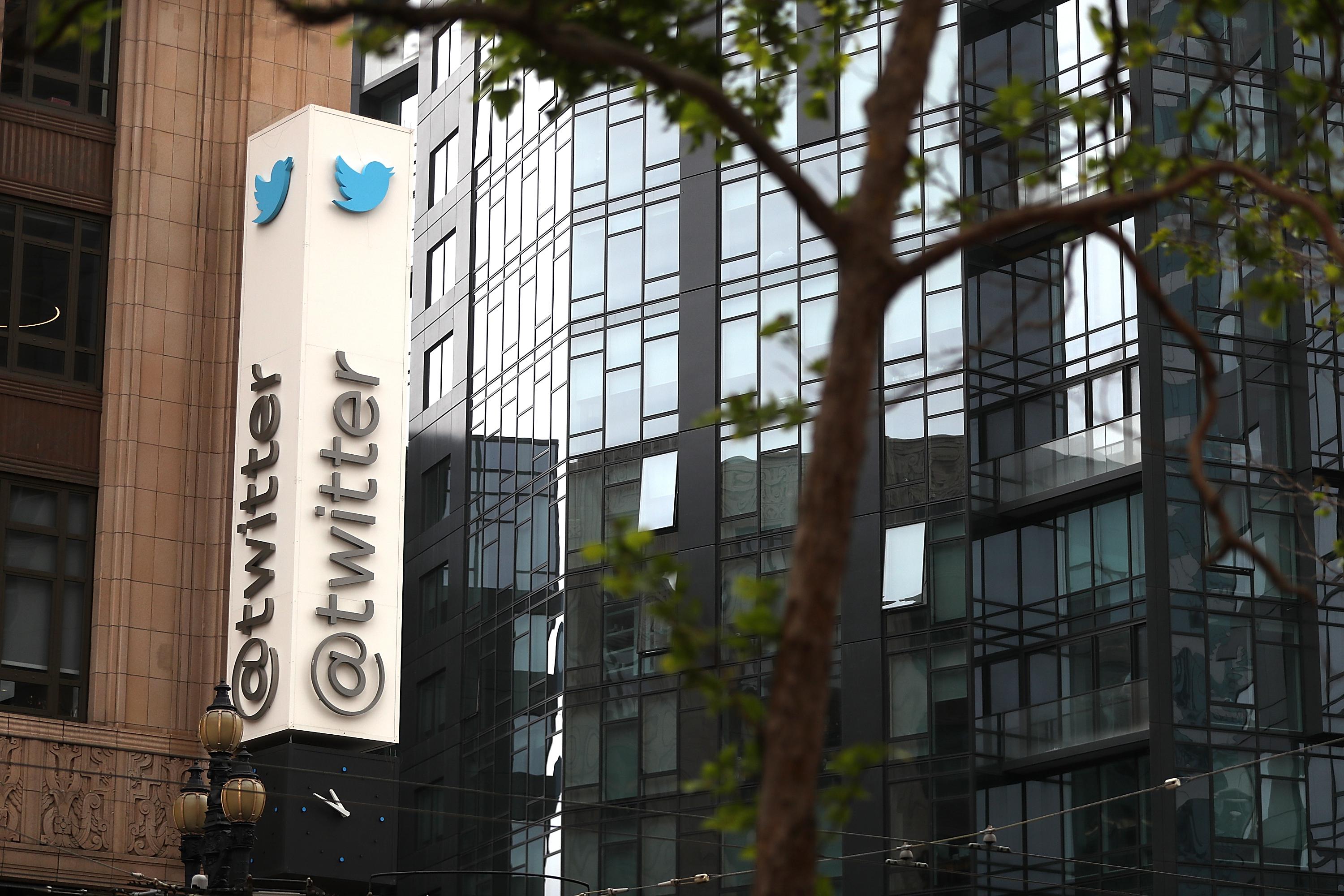Silicon Valley’s social media giants aren’t done reckoning with their Russia problem. With less than 10 months to go before the midterm election, however, they’re still trying to earn back the public’s confidence that the commons they operate aren’t also undermining our democracy—and they’re still answering questions about what they’ll do the next time a foreign disinformation campaign runs rampant on their social networks.
On Twitter, an army of bots and fake accounts piloted by the Internet Research Agency, a Kremlin-affiliated troll farm, muddied the waters of public debate in the months before and after the 2016 election. On Friday night, Twitter offered some more information about their activities—although it missed its Jan. 8 deadline to answer Congress’ questions about the extent of Russian efforts to manipulate voters on its platform (Facebook and Google did not).
Now, the company has provided more information about how bad the infiltration was, as well as how Twitter plans to address the fact legions of its users intersected with the malicious tweets.
For starters, Twitter said in a blog post that it will email the 677,775 people in the U.S. “who followed one of these accounts or retweeted or liked a Tweet from these accounts during the election period,” which Twitter limited to the short one-and-a-half-month span between Sept. 1 to Nov. 15, 2016. That won’t reach everyone the tweets could have impacted. You might not have followed one of the IRA accounts, but a friend of yours may have retweeted one—or a deluge of them—into your timeline.
Twitter also disclosed on Friday that the extent of Russian-linked election content on its platform was much higher than it reported when it testified to Congress in three separate hearings last October and November. At the time, Twitter said it located 2,752 accounts that were run by operatives at the Internet Research Agency, which was behind much (but perhaps not all) of the country’s election meddling on social media. But now, Twitter says it’s found 1,062 more of them, bumping the number of Kremlin-backed troll accounts on Twitter to 3,814 around the 2016 election. People who interacted with one of the Internet Research Agency accounts are the ones who will be notified.
The company also said there was way more Russia-linked bot activity during the election, too. Previously, Twitter reported that some 36,000 bots were sending out automated tweets in the short period of time it analyzed surrounding the election, but it now says that number was a low-ball. Twitter found an additional 13,500 bots, kicking that number to 50,258. That’s a lot of bots. Twitter’s notification efforts don’t include those who may have interacted with these accounts—a number that’s likely far higher than 677,775.
To put Twitter’s bot problem during the election in perspective, in October 2016, a team from Oxford University’s Project on Computational Propaganda found that pro-Trump bots tweeted with debate-related hashtags seven times more than pro-Clinton bots during the third presidential debate. But at that time, Russia was not implicated.
Even though it wasn’t the first company out the door to provide more details about Russian interference in the U.S. election on its platform, Twitter is being relatively more proactive about reaching out to potentially duped users by the Internet Research Agency than Facebook is. Instead of directly emailing or notifying people who interacted with content from the troll farm, Facebook set up a tool for users to manually check to see if they liked or followed accounts created by the Internet Research Agency.
Twitter says that it already sent the emails notifying users if they interacted with accounts from the Russian troll farm. Now, after this Friday news dump, it’ll be up to the company to make sure that the 2018 midterms aren’t a replay of the mess it’s still cleaning up. For its part, the company does say it’s working to do better by tightening its rules for creating automated accounts on the platform and taking a harder line on weeding out suspicious accounts. But still, there’s no sign that the Kremlin plans to slow down its election-meddling efforts this year. And while it’s certainly on Americans to be more critical of the information we get on social media, if Facebook, Twitter, and YouTube can’t do a better job of keeping their sites free of foreign-agent manipulation around election time, users will eventually be best off simply not trusting them altogether.
